I love using framing in my images with a layering technique. Layering is simply incorporating not just your subject and background, but adding a foreground and other levels if possible as part of the elements you use to frame your overall image. It’s not always the most straightforward setup to do but it excites me because I love an image that invites the viewer in to explore the image through many levels. Your eyes travel around the image because there is so much to see.

This does not mean there are many objects to see but rather there are layers of varying depths of field making the image more compelling. I’ve been shooting for nine years now and I still strive to improve the composition of my images.
As I’ve said, it’s not always the most obvious and quickest thing to do. Sometimes, I choose a location that I know will give me a variety of choices for layering. Or we will do a “walk” during the photoshoot as part of the experience, exploring spots that would give us layering opportunities. I’d like to share with you three simple ways you can use framing in your images with this layering technique.
#1 – Shoot through glass

I love shooting through glass. In fact, when I do engagement sessions, I always suggest we either start or end the session with a planning meeting or a chat in a cafe. Look for a window table and shoot from the outside. This is a good way to get some funky compositions, colors, and patterns on the images as well as a reflection and layering.
Shooting through glass allows you to capture different layers of details and you can play around with these details and where you place your focus to achieve a fresh or unusual image. Pictures through glass also provide that extraordinary look and feel, sometimes ethereal, that we often don’t notice in our day-to-day lives unless we purposely stop to see them.
You may need to move around a bit to get the composition right. Or have to wait until a passerby in a white shirt walks past behind you, for example, and provides that needed white blur in the foreground to get your composition right.

#2 – Shoot through foliage
When shooting at a park, position yourself behind trees, leaves, bushes, etc., to achieve that “observer” feeling. Make sure you provide clear instructions to your couple so they know what is expected of them before you go hide.
For example, as I am shooting from a distance and obscured by foliage, I instruct my subjects to look a little towards my direction so I can see at least a part of their faces. I ask them not to talk to each other but to communicate via looking into each other’s eyes and smiling a lot. If they feel awkward, that’s all the better because then they can laugh it off and that sort of natural expression is what I’m after.

Gently direction them
Tell them not to leave big gaps in between each other. For example, lean their heads towards each other with a very small gap between their faces, or to slightly touch each other’s faces but not squish their cheeks together. Get them to always be in a V position towards you or facing each other directly but never fully turned away with their backs facing you.
The only exception I make for this is when they are on a bench and I shoot from the back for a romantic shot with their heads leaning against each other. Being physically a lot closer than what is normally comfortable can feel unnatural because you are right in each other’s spaces and in reality, you don’t talk to a person with your faces too close to theirs.
But the connection between them is important and sometimes you have to exaggerate things to communicate that connection in photographs well.

You don’t have to be at a park or somewhere green to achieve the look of layering by using foliage to frame your images either. I often just pick some leaves, put them in front of the camera, and shoot through them.
I have also shot with a piece of cellophane wrapped around the side of my lens but not obscuring my lens altogether. That makes the look of shooting through something, thereby creating a foreground, middle ground and background. This makes for a more interesting perspective and composition having more than two layers to look through in your images.

#3 – Shoot through structure
I love hiding behind buildings and walls and using these large solid structures as part of my composition and adding framing. This not only makes me a little more invisible but I feel the distance makes the couple feel more at ease with the camera not being in their face and me, not in their immediate space.

When I want to incorporate a geometric element in my image, I often hide behind some large building, columns or any solid structure and use that to frame my couple. This is a really fun way of trying out more abstract compositions, perspectives and lines, patterns and some foreground blurring to accentuate the focus on your couple.

However, sometimes there are no buildings or structures you can easily hide behind. My advice is to make one yourself! For this photo below, I asked the maid of honor to stand just to the left so I could use her silhouette to frame my bride in an interesting composition. This is one of my all-time favorite wedding images.

In the photo below, I used the long veil to create a foreground element giving the impression that I was hiding behind a big boulder and that there was continuity between the foreground and the bride’s veil.
So be creative and find ways to achieve your intended outcome. As the saying goes, “When there’s a will, there’s a way!”

Your turn
Do you have any other tips for framing your images using layering or any other techniques? Do share them here in the comments below!
The post 3 Simple Ways to Use Framing and Layering in Portraits by Lily Sawyer appeared first on Digital Photography School.
 Extra photos for bloggers: 1, 2, 3
Extra photos for bloggers: 1, 2, 3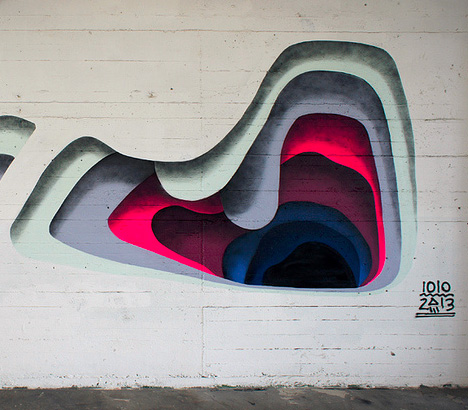
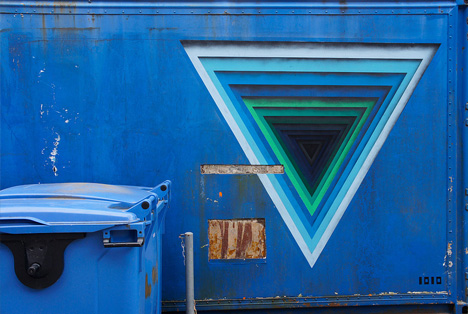
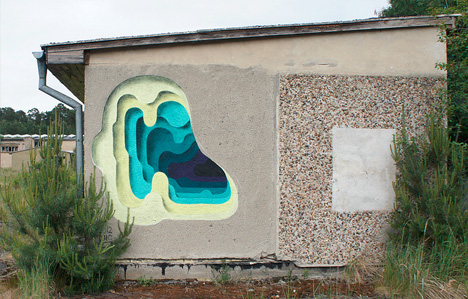
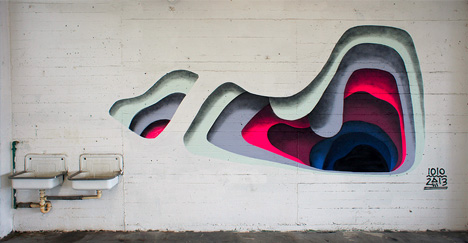
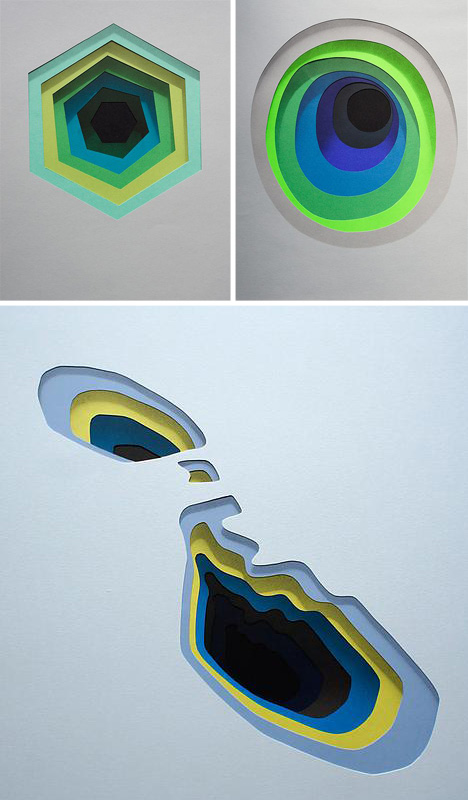
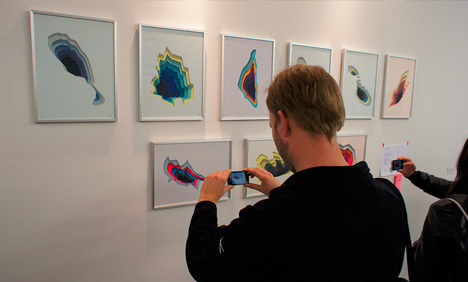

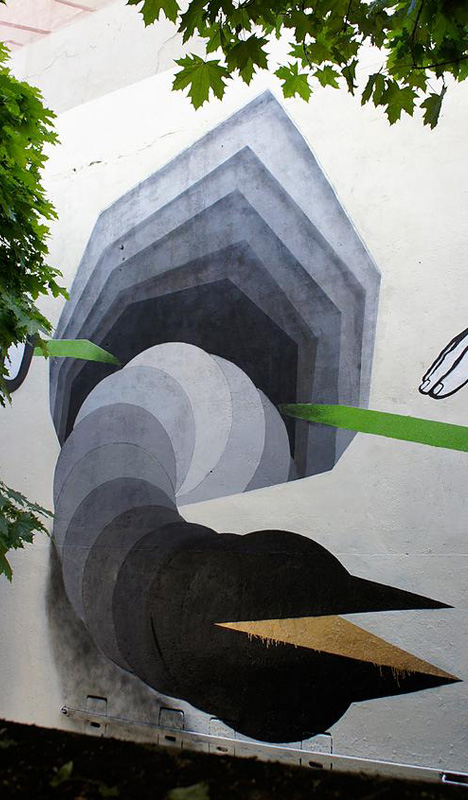
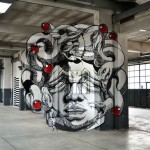
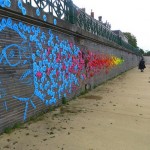
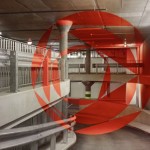





You must be logged in to post a comment.